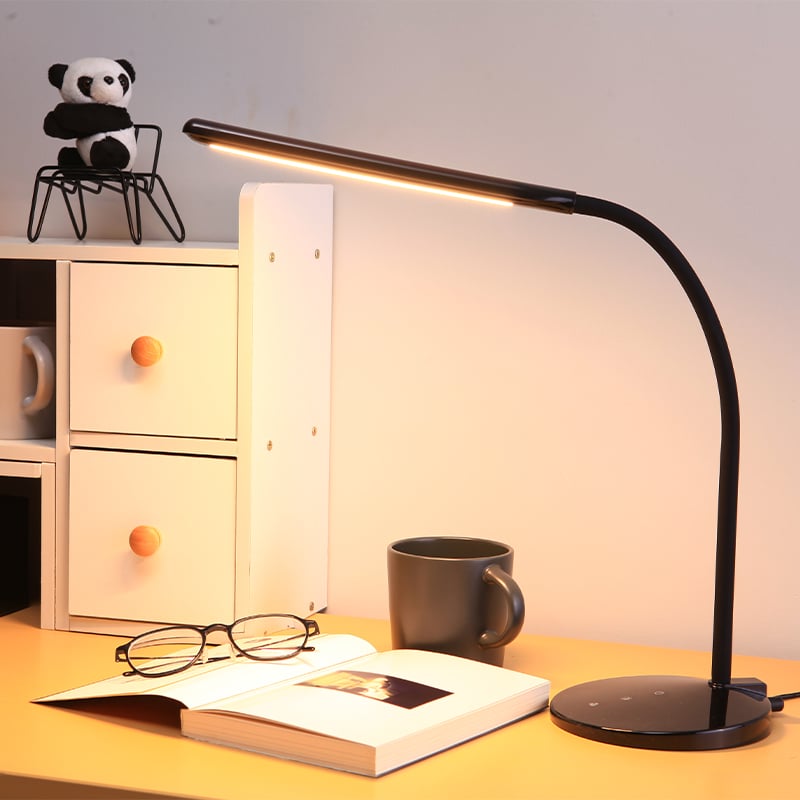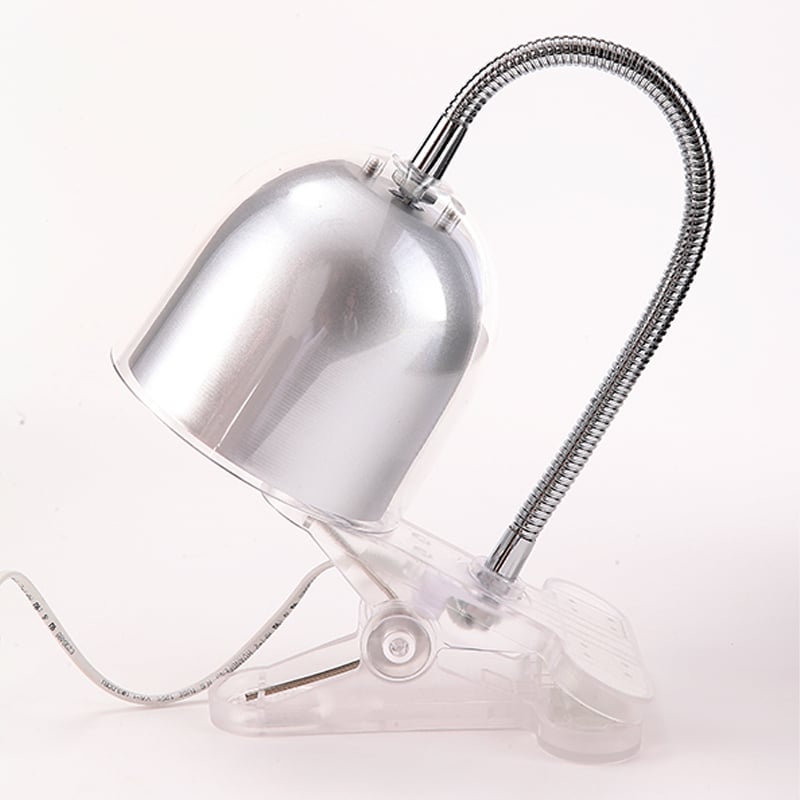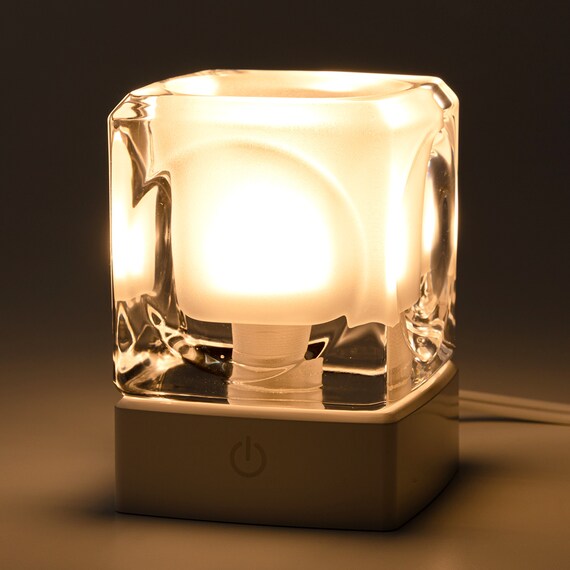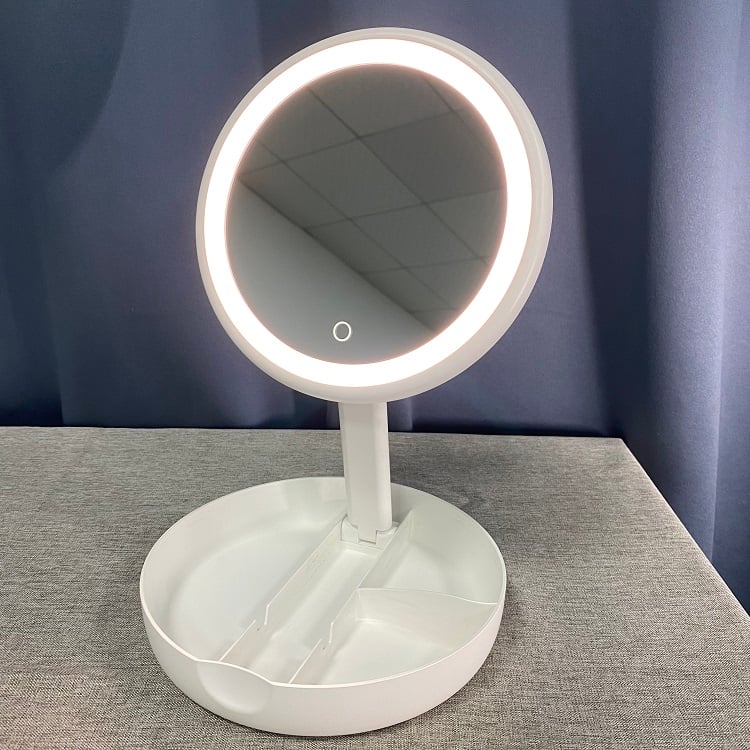Introduction: Why smart downlights are Revolutionizing Lighting
Smart downlights have gained significant popularity in recent years due to their energy efficiency and versatility. These innovative lighting solutions offer a range of features that allow users to customize their lighting experience while also saving on energy costs. In this comprehensive guide, we will explore the various aspects of smart downlights, from their benefits and installation process to their compatibility with smart home systems and long-term cost savings.
The Benefits of Smart Downlights
Smart downlights offer numerous benefits that make them an attractive option for homeowners and businesses alike. These benefits include:
- Energy Efficiency: Smart downlights are designed to consume less energy compared to traditional lighting solutions. They use advanced technologies such as LED bulbs, which are known for their energy-saving properties.
- Customizable Lighting: With smart downlights, users have the ability to adjust the brightness, color temperature, and even the direction of the light. This allows for greater control over the ambiance and mood of a space.
- Smart Home Integration: Many smart downlights are compatible with popular smart home systems, such as Amazon Alexa or Google Home. This integration enables users to control their lighting using voice commands or smartphone apps.
- Long Lifespan: LED bulbs used in smart downlights have a significantly longer lifespan compared to traditional incandescent or fluorescent bulbs. This reduces the need for frequent replacements and contributes to long-term cost savings.
- Cost Savings: Due to their energy efficiency and long lifespan, smart downlights can help reduce energy bills and maintenance costs over time. Although the initial investment may be higher, the long-term savings make them a cost-effective lighting solution.
Installation Process: How to Install Smart Downlights
The installation process for smart downlights may vary depending on the specific brand and model. However, the general steps are as follows:
- Turn off the power: Before starting the installation, turn off the power to the existing lighting circuit from the main electrical panel.
- Remove the existing light fixture: Unscrew the existing light fixture from the ceiling and disconnect the wiring.
- Prepare the ceiling: If necessary, make any adjustments to the ceiling, such as enlarging the hole for the new downlight or adding a mounting bracket.
- Connect the wiring: Connect the wiring of the new smart downlight according to the manufacturer's instructions. Make sure to properly secure the connections.
- Install the downlight: Insert the smart downlight into the ceiling hole and secure it using the provided mounting clips or screws.
- Restore power and test: Turn the power back on and test the functionality of the smart downlight. Follow the manufacturer's instructions to connect it to a smart home system if desired.
Compatibility with Smart Home Systems
One of the key advantages of smart downlights is their compatibility with various smart home systems. These systems allow users to control their lighting using voice commands or smartphone apps. Some popular smart home systems that are compatible with smart downlights include:
- Amazon Alexa: By integrating smart downlights with Amazon Alexa, users can control their lighting using voice commands, create lighting schedules, and even sync the lights with other smart devices.
- Google Home: Google Home provides similar functionality, allowing users to control their smart downlights using voice commands through Google Assistant.
- Apple HomeKit: For Apple users, smart downlights that support Apple HomeKit can be controlled using Siri voice commands or the Apple Home app.
- SmartThings: SmartThings is a popular smart home platform that can be used to control smart downlights, along with other compatible devices like thermostats and security systems.
Long-Term Cost Savings
Investing in smart downlights can lead to significant long-term cost savings. Here are some factors that contribute to these savings:
- Energy Efficiency: As mentioned earlier, smart downlights consume less energy compared to traditional lighting solutions. This results in lower energy bills over time.
- Long Lifespan: LED bulbs used in smart downlights have a lifespan of up to 25,000 hours or more. This means they require fewer replacements, reducing maintenance and replacement costs.
- Dimming Capabilities: Smart downlights often come with dimming capabilities, allowing users to set the brightness according to their needs. By dimming the lights, less energy is consumed, leading to additional savings.
- Scheduling and Automation: Many smart downlights offer scheduling and automation features, allowing users to set specific times for the lights to turn on or off. This helps optimize energy usage and further reduce costs.
Conclusion: Embrace the Future of Lighting with Smart Downlights
Smart downlights offer a wide range of benefits, from energy efficiency and customization to compatibility with smart home systems. By installing smart downlights, you can not only create the perfect lighting ambiance for any space but also save on energy costs and contribute to a more sustainable future. With their long lifespan and cost-effective features, smart downlights are a smart investment for any home or business.







